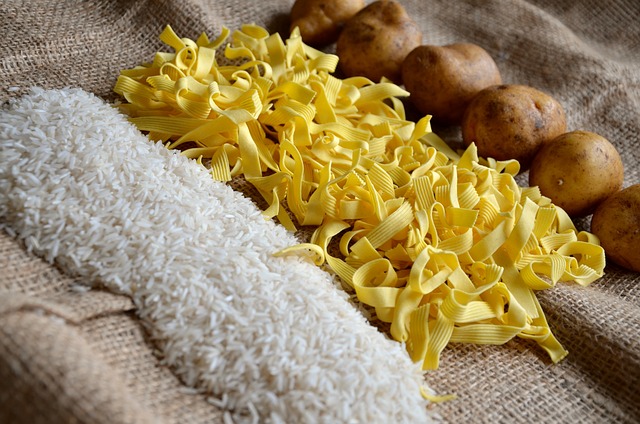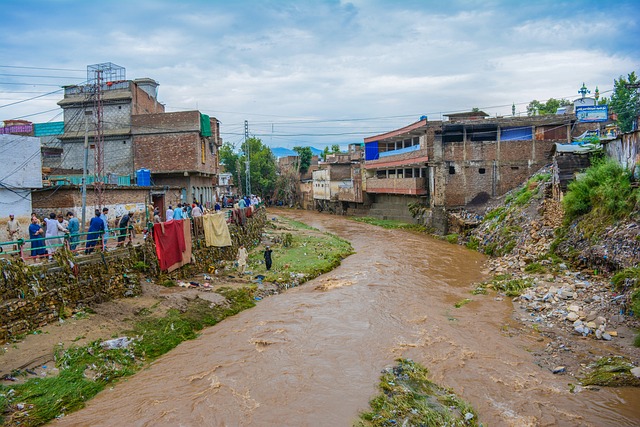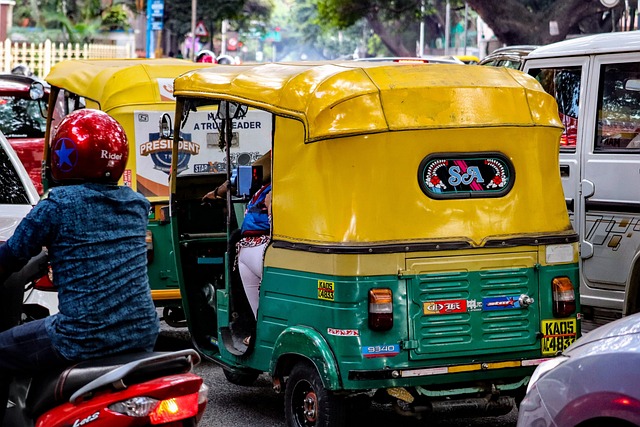Food Production and Its Impact On Environment:
For every living being around the world, food is essential and life-sustaining. It is unimaginable to think that one can survive long without food. However, many people around the globe are oblivious to the fact that even the food production sector and food industry has its harmful impact in deteriorating the environment. It starts from the very process of cultivation down to the packaging and distribution of food.
How Does Food Production Impact Our Environment?
12,000 years ago, men left behind the hunter-gatherer lifestyles in favor of permanent settlements. The main driving force behind this was the new found knowledge of using land for cultivation and growing food that provided stability to their rogue lifestyles. However, overtime especially after industrialization and growing population, now this sector also contributes to environmental degradation in many ways. from land clearing to energy consumption for machines and tractors on land, intense water usage, improper resource management and plastic use in packaging and distribution. All of it has contributed to the environment suffering as a result of the activities of this sector.
For more information, read: Environmental Impact Of Food -From Production to Consumption
Certain Food Types And How They Harm The Planet:
Among many crops that are easy to grow, there are some whose growth that may be specially detrimental to the environment. It may be due to the fact that they need more resources, time or simply require improper or unsustainable practices in order to bear fruit. Some of these food types are discussed below:
- Rice: a staple in many diets not only just in Asia, but all across the world. The number one source of carbohydrates across many countries is actually also the one that is most harmful to grow- if done improperly.Rice requires a huge volume of water to grow. To grow 1 kg of rice, we need approx. 3-5,000 litres of water. It then also needs more water to be washed and cooked as well. In water scarce regions and increasing global water scarcity this is a big concern how rice cultivation will effect us.
Rice farming and paddies is responsible for 10% of global methane emissions– a potent green house gas stronger than CO2 by 4 times. This together causes increased global warming as well as soil and water degradation of the region. Also read: Climate Change Is Increasing Food Shortage Around The World - Almonds: Like rice, almonds also utilize vast volumes of water that are unsustainable in our current situation where we are facing various environmental changes and climatic threats. To obtain 1 kg of dry almonds, 3.56 kg of CO2 is emitted. This amount of CO2 emissions is roughly equivalent to that of a car being driven for 13 km. Moreover, since they are grown in certain tropical regions only, everywhere else in the world they need to be transported. Food transportation also contributes a major chunk of emissions. 6% of all GHG emissions are because of food transportation.
Almonds are also grown in areas that are drought prone. So their intense water consumption is all the more concerning. It takes about 13,080 litres of water to grow 1 kg of Almonds.
In addition, production of the common alternative to dairy– Almond Milk, is also negatively impacting the environment due to high water consumption and resulting eutrophication. - Nuts: Other types of nuts besides almonds also need to be grown using high volumes of water. Almonds are second only to cashews when it comes to water consumption. Where Almonds require 13,080 litres to grow, Cashews need 45,914 litres!-a staggeringly high amount of water. Other nuts require: Pistachios- 10,697 litres ; Pine Nuts and Hazelnuts roughly 9,000 litres ; Walnuts- 7,744 litres ; Peanuts- 3740 litres and lastly chestnuts need 2,606 litres of water per kg. Nevertheless, the impact of this much water usage is heavily felt across the dry regions they are already grown in and can further cause water scarcity. Moreover, the use of pesticides kills the biodiversity around including those of pollinating insects like bees that are essential for almond trees themselves! this is like a negative feedback cycle which will continuously harm itself and the environment.
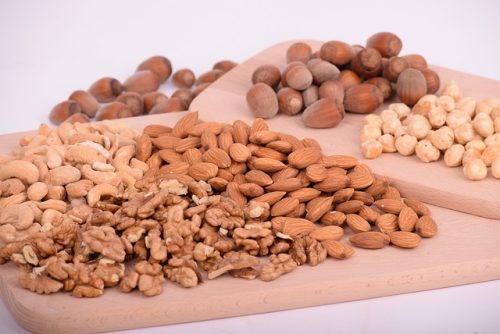
- Soy: the growing demand of soy and soy milk has resulted in the large scale changes in land use and deforestation in Brazil, Portugal and Argentine where they are commonly grown. This increased demand for soy has lead to more land clearing and ultimately release of carbon that was sequestered in the forest trees. This will invariably contribute to climate change and even aggravate it.
Read: What is Carbon Sequestration? – Techniques and Importance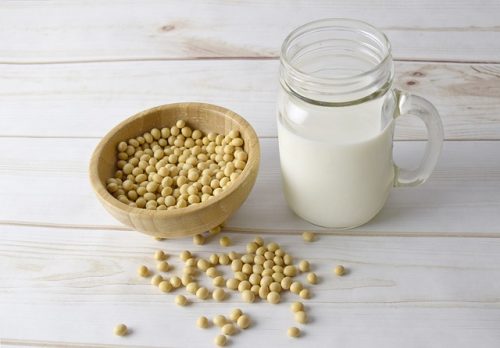
Soy is commonly hailed as an eco-friendly alternative to Meat for obtaining protein sources. However, replacing pastures for cattle farming with land clearing for soy cultivation and soy milk production is still contributing to the cause of deforestation and GHG emissions.
- Palm Oil: Along with being a major contributor to deforestation, palm oil production also reduces the biodiversity where it is grown as a result. It also results in habitat destruction of many endangered animals like pygmy elephant, orangutan and the Sumatran rhino as 60% of forest land is cleared annually for palm oil production. for 1 ton of palm oil, 2.5 tons of waste water is generated that can directly cause water and soil pollution if released.
- Chocolate: A massive driver of deforestation is the cocoa industry. This is because instead of reusing the same land, farmers in West Africa and particularly Ivory Coast has lead to 70% of deforestation of the forests that once occupied the region. It also has a feedback cycle in which due to deforestation and consequential high temperatures and drought, the farmers turn to expand into new areas and regions where they cause deforestation all over again to grow cacao-cocoa beans and the cycle continues. This further aggravates climate change.
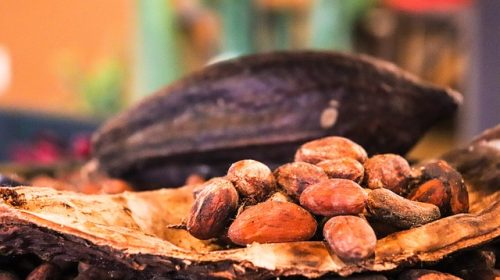
Related: World’s Top 10 Food Producing Agricultural Countries
CONCLUSION:
When it comes to sustainable cultivation of crops, it is difficult to implement all its stages due to financial restrictions or simply a lack of awareness. The increasing trend of turning to Veganism that can save the planet from the impact of climate change is also a little misplaced.
This is because while yes, the GHG emissions are significantly lower for most alternatives than normal food production, they still cause degradation and environmental harm in other ways such as deforestation.
Deforestation is only worsening the climate change and growing these alternatives to avoid an increasing carbon footprint from say, meat or dairy is redundant. As one way or the other the environment is still being impacted severely. It is like choosing between climate change and global warming- both are related aspects of the same crisis we are suffering. A prime example of this is Soy cultivation.
However, at the end of the day, giving up food entirely is not the viable option nor is it the solution. There is no clear cut answer or solution for a food source that will immediately cut down emissions drastically and magically prevent any degradation to the environment. So, the important thing is that we keep thinking of ways to improve our environment and trying to reduce our negative impact on it as much as possible.
Also Check out: Biodynamic Farming- Methods and Advantages
We hope you liked this post! Please comment below if you have any suggestions, comments or feedback! We at #envpk love hearing from readers! Thanks

